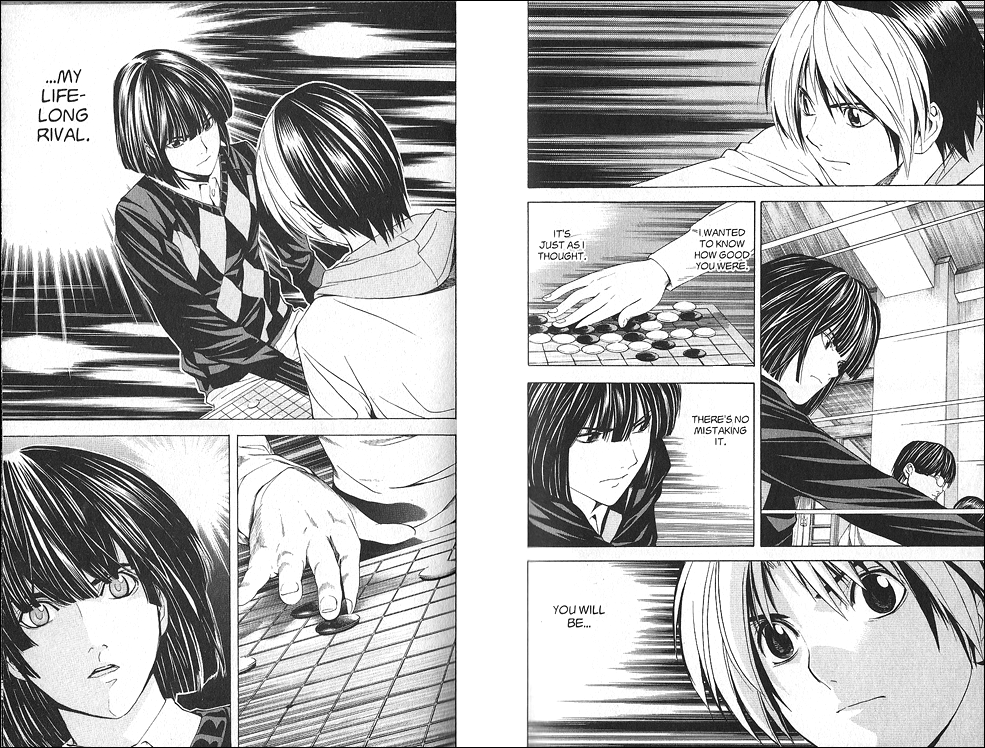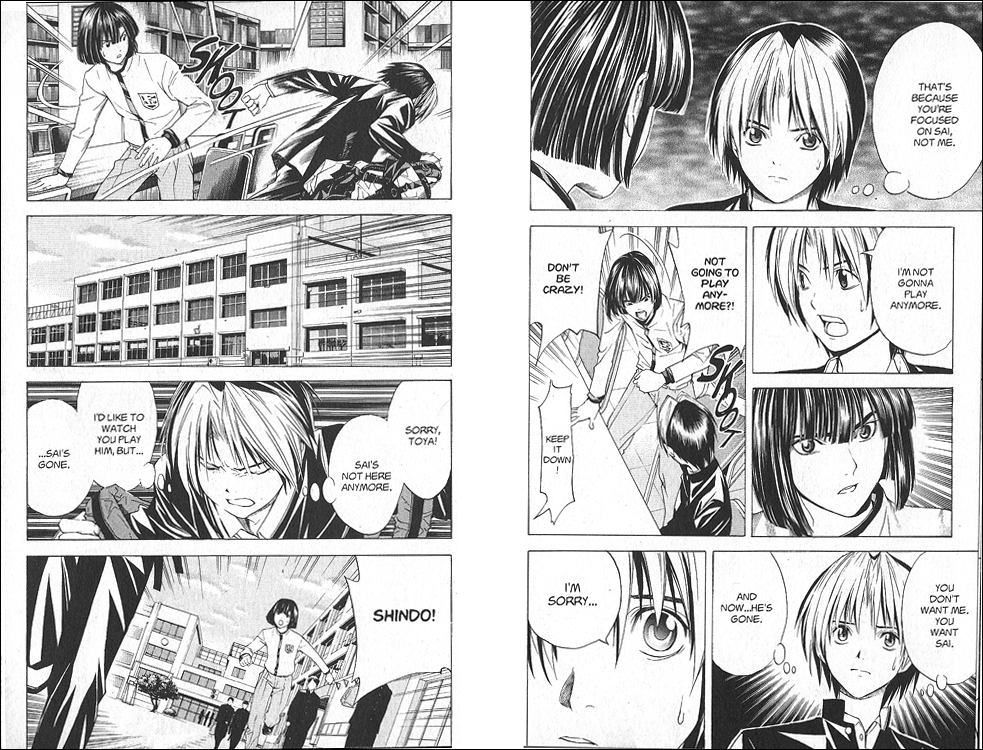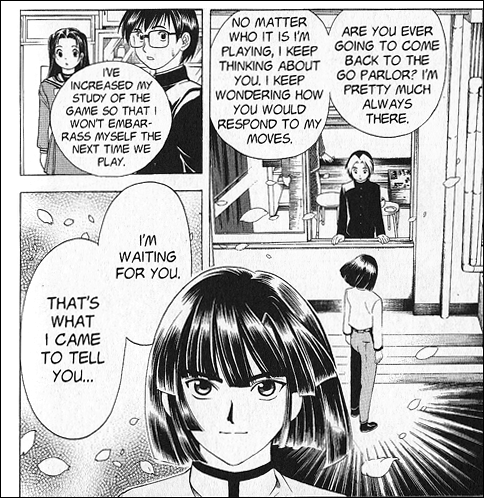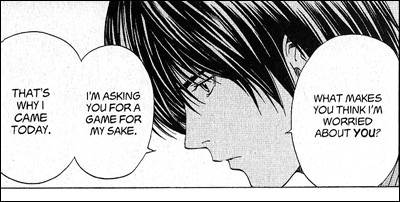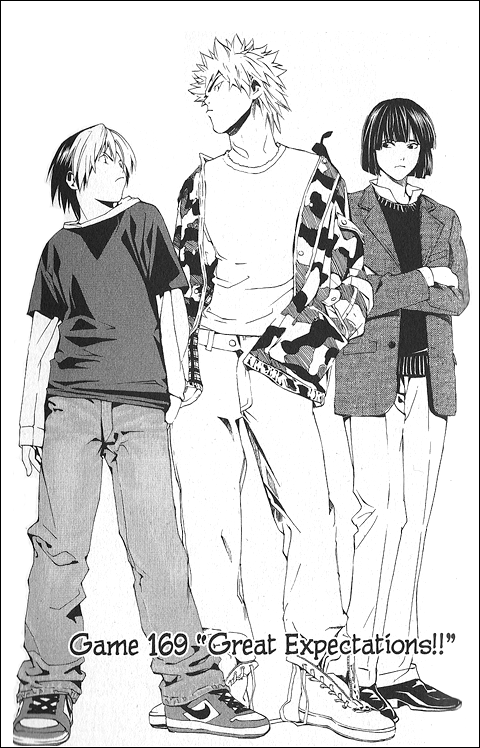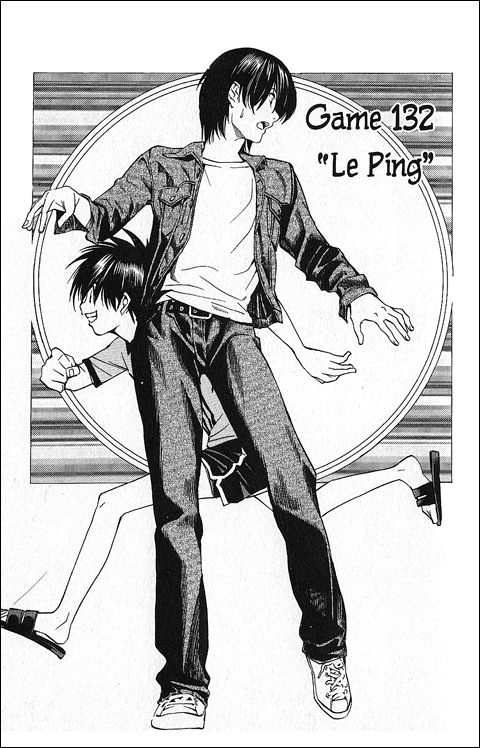This year at New York Comic Con, publisher Yen Press gave out copies of their upcoming Pandora Hearts art book, Pandora Hearts ~Odds and Ends~, as prizes during their panel presentation. I was unable to attend this year, but fortunately for me, Sean is not a fan of the series, so he generously offered me his prize!
As you probably know, I am a big fan of Pandora Hearts, and the series has been featured in this column pretty heavily in the past, most notably in discussion of female-aimed fanservice in shounen manga and delectable manga costuming. So for a treat this week, I thought I’d share a few snapshots as a taste of what’s inside. If you were worried about a potential lack of fanservice, the very first image should quell your concerns immediately. Enjoy!
Look for Pandora Hearts ~Odds and Ends~ in bookstores later this month!













 By now I’m sure that every regular Manga Bookshelf reader is aware that I’ve fallen for
By now I’m sure that every regular Manga Bookshelf reader is aware that I’ve fallen for  The truth is, Yun Kouga’s work (and Loveless in particular) hits so many of my personal storytelling kinks in so many instances, it would be prohibitively time-consuming to catalogue them all. But perhaps more significantly, she manages to address several of my usual turn-offs (and at least one known deal-breaker) in a way that makes them somehow palatable, even to me. As a result, my reaction to Loveless has begun to resemble nothing more than a kind of romantic longing, characterized by ever-wandering thoughts and a persistent love-struck haze. in short, I’m lovesick over Loveless.
The truth is, Yun Kouga’s work (and Loveless in particular) hits so many of my personal storytelling kinks in so many instances, it would be prohibitively time-consuming to catalogue them all. But perhaps more significantly, she manages to address several of my usual turn-offs (and at least one known deal-breaker) in a way that makes them somehow palatable, even to me. As a result, my reaction to Loveless has begun to resemble nothing more than a kind of romantic longing, characterized by ever-wandering thoughts and a persistent love-struck haze. in short, I’m lovesick over Loveless.  Two characters who fit into this discussion particularly well are the series’ main leads—Ritsuka, a 12-year old boy who is thrust into a strange, supernatural underworld after the death of his older brother, Seimei, and art college student Soubi, whom Seimei bequeathed to Ritsuka at the time of his death. In this underground world, Soubi is a “fighter” in a two-person team that fights with the power of words, while Ritsuka (like his older brother before him) is a “sacrifice.” The sacrifice takes all the damage for the team, but this is not a passive role by any means, as the sacrifice directs the entire fight by giving orders to the fighter. Though each fighting team we’ve seen in the series so far handles that relationship a bit differently, it’s generally understood that the sacrifice is in charge.
Two characters who fit into this discussion particularly well are the series’ main leads—Ritsuka, a 12-year old boy who is thrust into a strange, supernatural underworld after the death of his older brother, Seimei, and art college student Soubi, whom Seimei bequeathed to Ritsuka at the time of his death. In this underground world, Soubi is a “fighter” in a two-person team that fights with the power of words, while Ritsuka (like his older brother before him) is a “sacrifice.” The sacrifice takes all the damage for the team, but this is not a passive role by any means, as the sacrifice directs the entire fight by giving orders to the fighter. Though each fighting team we’ve seen in the series so far handles that relationship a bit differently, it’s generally understood that the sacrifice is in charge. 


































